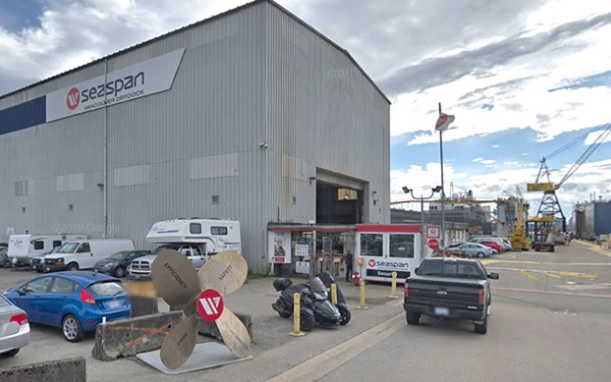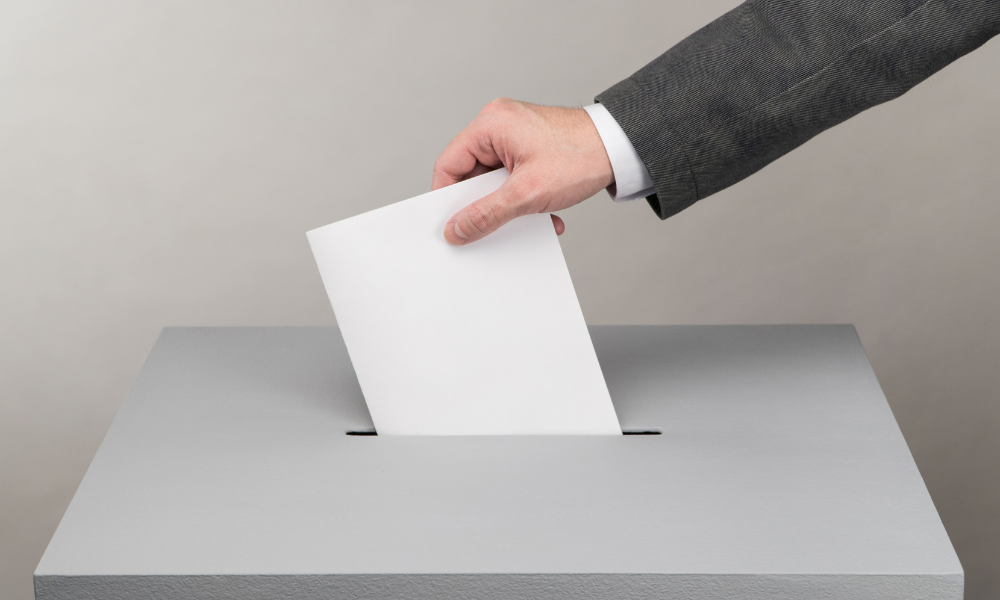Positive results ruled inadmissible in Vancouver arbitration case

A Vancouver employer recently found out the hard way that testing an employee for drug impairment on top of alcohol impairment — without a reasonable cause to do so — is not allowed.
A Vancouver Drydock employee reported for work as a labourer on March 13, 2017, and three co-workers immediately detected the smell of alcohol on the worker, identified as “C.L.”
He was told during a meeting that he must take a breathalyzer test for alcohol and submit to a urine test for drugs. C.L. was advised if he didn’t take the test, he would be fired.
After a positive result came back for cocaine and MDMA (methylenedioxymethamphetamine, a recreational drug commonly known as ecstasy) — while the alcohol level came in below the employer’s threshold of impairment — C.L. was fired.
The dismissal was later overturned by an arbitrator after the Marine Workers and Boilermakers Industrial Union, Local 1, filed a grievance.
“Even assuming there were sufficient grounds for the blood-alcohol test, it has not been established that there were grounds to suspect that the grievor was, or may have been, under the influence of drugs which would potentially or reasonably justify the more intrusive urine test,” said arbitrator David McPhillips in his decision.
“This failure to consider the difference between the appropriateness of a drug and an alcohol test indicates the employer did not properly consider and balance the grievor’s privacy interests.”
Employer error
The employer erred by basing the drug testing request solely on the smell of alcohol, according to Drew Demerse, partner at Roper Greyell in Vancouver.
“The arbitrator’s conclusion in that case turned entirely on a very narrow set of facts in an agreed statement of facts; the parties agreed that the only reason that the employer requested a test was because there was a smell of alcohol on the employee,” he said.
Detecting exactly what type of impairment might be present could be difficult for employers because sometimes it’s not possible to tell whether it’s drugs or alcohol, said Lyndsay Wasser, partner at McMillan
in Toronto.
“If it’s things like erratic behaviour or glazed eyes, stumbling, you may have no evidence as to whether it’s the impairment caused by drugs or alcohol and, in those cases, where the appropriate policies are in place, and it’s a safety-sensitive workplace and all those other criteria are met, employers often can do both the drug and alcohol testing,” she said.
“Drug and alcohol testing is a sensitive thing, so the more evidence the employer will ultimately be able to put forward that it could have been either, the better.”
Establishing a thorough regime of observation and note-taking is the best way to address a potentially impaired employee in the workplace, said Demerse.
“The message I give to employers and to their managers and supervisors is that they’re not going to be experts in determining whether someone is impaired by drugs or whether someone’s impaired by alcohol, so the best thing they can do is to be observant, to speak with their employees, to ask some questions and see if the employee’s presentation gives rise to a suspicion consistent with impairment,” he said.
“Reasonable-cause testing is testing where an employer believes that a person’s appearance, behaviour, speech, motor skills or body odour are consistent with the use of drugs or alcohol.”
Vancouver Drydock should have established reasonable cause when deciding on the appropriateness of a drug or alcohol testing policy, according to James Jennings, an associate at Filion Wakely Thorup Angeletti in Toronto.
“For example, the rule has to have been implemented in order to address some sort of legitimate operational or safety-related need of the employer, as opposed to just being a completely arbitrary rule; it has to have a legitimate business purpose to it,” he said.
“The second aspect is assuming that the workplace rule is in and of itself reasonable, the employer’s actual application of that rule under the circumstance has to be reasonable.”
Invasion of privacy
When considering a test, the employee’s right to confidentiality plays a big role, according to the arbitrator.
“There is a significant difference in the level of intrusiveness between the two tests and it is apparent that involuntary biological testing is far more invasive of personal autonomy than a breathalyzer test,” said McPhillips in his decision.
Courts and arbitrators will always consider the level of personal intrusion that is warranted, said Sharaf Sultan, principal at Sultan Lawyers in Toronto.
“It’s a bit of a grey area in terms of what is a definition per se but, essentially, the courts don’t want the employers to be requesting information that could be infringing on their privacy unless it’s absolutely necessary,” he said.
“Generally, the common law is that employers are only allowed to infringe on your privacy when it’s reasonable to do so. And the decision-maker, whoever it is — arbitrator, judge or otherwise — would be looking for any other way in which it can be done because, essentially, they don’t like random testing; they don’t see the efficacy of it, they’re not convinced by it.”
By asking plenty of questions during an investigation, an employer might establish a drug test is warranted, said Wasser.
“It’s helpful for the employer to try to expand the investigation by asking the employee questions around ‘Do you have any drugs or alcohol in your system? Have you have you used any drugs or consumed any alcohol today?’ Because if the employee says, ‘Oh well, on the weekend I used some cannabis,’ they give you that extra bit of reason to test for drugs.”
This case could have some precedent-setting value for employers to understand if it’s clear that impairment is caused by alcohol, she said.
“And we can turn that around because one of the reasonable-cause circumstances might be finding something at the workstation that’s not permitted. If there’s alcohol found at the workstation, you might check for alcohol but not drugs. Or say you find evidence of cannabis at the workstation, well, there might not be the reason to test for alcohol; so, it can go the other way.”
But in safety-sensitive workplaces, such as the one in Vancouver Drydock, the employer doesn’t generally need to suspect an employee is under the influence after a near-miss situation, according to Demerse.
“For post-incident testing to be reasonable, the company has to first undertake a prompt investigation to determine if there’s an obvious cause of the accident or near-miss. It has to then take the circumstances of each case into consideration for making its decision to test,” he said.
“But if the individual has been involved in an accident or a near-miss — a significant one — and their state of mind is a reasonable line of inquiry, then it would, in most circumstances, be appropriate to request a test for both drugs and alcohol,” said Demerse.




